 W
WCoke's hartebeest or kongoni is an antelope native to Kenya and Tanzania.
 W
WThe Dall sheep, also known as the thinhorn sheep, is a species of wild sheep native to northwestern North America, ranging from white to slate brown in colour and having curved, yellowish-brown horns. The two subspecies are the nominate Dall sheep or Dall's sheep and the more southern subspecies, Stone sheep, which is a slate brown with some white patches on the rump and inside the hind legs.
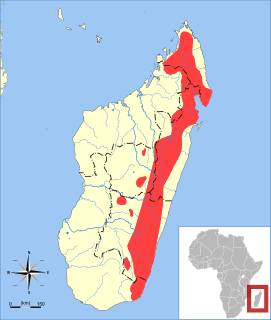 W
WDobson's shrew tenrec is a species of mammal in the family Tenrecidae. It is endemic to Madagascar. Its natural habitats are subtropical or tropical moist lowland forest, subtropical or tropical moist montane forest, plantations, and heavily degraded former forest. On the basis of molecular data indicating that it and Talazac's shrew tenrec form a sister group to the rest of Microgale, these two species were transferred from Microgale to Nesogale in 2016.
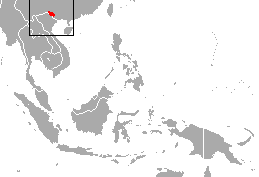 W
WThe eastern black crested gibbon, also known as the Cao-vit black crested gibbon or the Cao-vit crested gibbon, is a species of gibbon from southeast China and northern Vietnam.
 W
WEuryoryzomys nitidus, also known as the elegant oryzomys or elegant rice rat, is a rodent species in the family Cricetidae. Previously it was known as Oryzomys nitidus, but it is not closely related to Oryzomys as that genus is now constructed. Its range includes Bolivia, Brazil and Peru to the east of the Andes, in lowland tropical rainforest as well as forest in the eastern foothills of the mountains, at elevations from 50 to 2,000 m.
 W
WGazella borbonica, commonly known as the Bourbon gazelle or European gazelle, is an extinct gazelle which existed in Europe during the Pleistocene epoch. It was described by Charles Depéret in 1884.
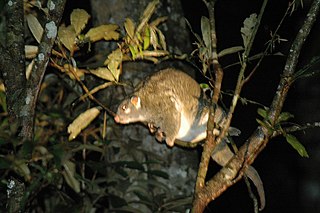 W
WThe green ringtail possum is a species of ringtail possum found only in northern Australia. This makes it unique in its genus, all other members of which are found in New Guinea or nearby islands. The green ringtail possum is found in a tiny area of northeastern Queensland, between Paluma and Mount Windsor Tableland.
 W
WThe Herbert River ringtail possum is a species of possum found in northeastern Queensland, Australia. It is a dark brown to black species, sometimes with a white belly. The Herbert River ringtail possum was long considered conspecific with the cinereus ringtail possum, despite the fact that they are very different in appearance. They are, however, the only members of their New Guinea-centred genus found in Australia. The Herbert River ringtail possum is restricted to tropical rainforest from Mount Lee, west of Ingham, to the Lamb Range, west of Cairns.
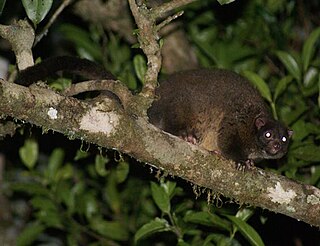 W
WThe lemur-like ringtail possum, also known as the lemuroid ringtail possum or the brushy-tailed ringtail, is one of the most singular members of the ringtail possum group. It was once thought that they were gliding possums ; Hemibelideus literally translates as "half-glider". They are similar to lemurs in their facial characteristics, which short snouts, large, forward-facing eyes and small ears, but similar to gliders in their musculo-skeletal adaptations to accommodate a leaping lifestyle. Their long, prehensile tail is a further adaptation to their arboreal habitat.
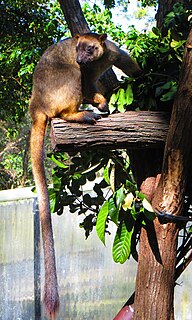 W
WLumholtz's tree-kangaroo is a heavy-bodied tree-kangaroo found in rain forests of the Atherton Tableland Region of Queensland. Its status is classified as near threatened by the IUCN, and authorities consider it as rare. It is named after the Norwegian explorer Carl Sofus Lumholtz (1851–1922), who was the first European to record a specimen in 1883. The local indigenous Dyirbal and Yidiny language name may have been either Mabi or Mapi
 W
WThe marsh shrew, also known as the Pacific water shrew, Bendire's water shrew, Bendire's shrew and Jesus shrew is the largest North American member of the genus Sorex. Primarily covered in dark-brown fur, it is found near aquatic habitats along the Pacific coast from southern British Columbia to northern California. With air trapped in its fur for buoyancy, marsh shrews can run for three to five seconds on top of the water. It measures about 16 cm (6.3 in) in length, including a 7-centimetre (2.8 in)-long tail, and weighs an average of 14.5–16 g (0.51–0.56 oz). The marsh shrew's diet consists mainly of invertebrates, which it hunts on land and in the water. They are rare; their populations are thought to be in decline, and they are considered endangered in parts of their range.
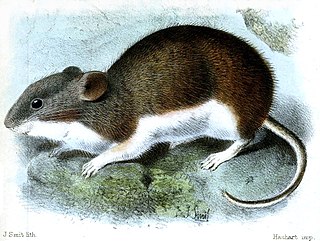 W
WThe painted big-eared mouse is a species of rodent in the family Cricetidae. It is found in Bolivia and Peru, and possibly Chile.
 W
WPère David's mole is a mole found only in Kurdistan Province, Iran. It is listed as a data deficient species. The species is named after the zoologist Armand David. As T. streeti, it is known as the Persian mole.
 W
WThe round-tailed muskrat is a species of rodent in the family Cricetidae, sometimes called the Florida water rat. The species is monotypic in the genus Neofiber. It is found only in the southeastern United States, where its natural habitat is swamps.
 W
WThe Somali wild ass is a subspecies of the African wild ass.
 W
WThomson's gazelle is one of the best-known gazelles. It is named after explorer Joseph Thomson and is sometimes referred to as a "tommie". It is considered by some to be a subspecies of the red-fronted gazelle and was formerly considered a member of the genus Gazella within the subgenus Eudorcas, before Eudorcas was elevated to genus status. Thomson's gazelles can be found in numbers exceeding 200,000 in Africa and are recognized as the most common type of gazelle in East Africa. The Thomson's gazelle can reach speeds of 80–90 km/h (50–55 mph). It is the fourth-fastest land animal, after the cheetah, pronghorn, and springbok.
 W
WThe Siberian tiger is a population of the Panthera tigris tigris subspecies that is native to the Russian Far East, Northeast China, and possibly North Korea. It once ranged throughout the Korean Peninsula, north China, and eastern Mongolia. Today, this population inhabits mainly the Sikhote-Alin mountain region in southwest Primorye Province in the Russian Far East. In 2005, there were 331–393 adult and subadult Siberian tigers in this region, with a breeding adult population of about 250 individuals. The population had been stable for more than a decade because of intensive conservation efforts, but partial surveys conducted after 2005 indicate that the Russian tiger population was declining. An initial census held in 2015 indicated that the Siberian tiger population had increased to 480–540 individuals in the Russian Far East, including 100 cubs. This was followed up by a more detailed census which revealed there was a total population of 562 wild Siberian tigers in Russia. As of 2014, about 35 individuals were estimated to range in the international border area between Russia and China.
 W
WThe Vogelkop ringtail possum is a species of marsupial in the family Pseudocheiridae. It is endemic to the Vogelkop Peninsula, West Papua, Indonesia. It is threatened by habitat loss.
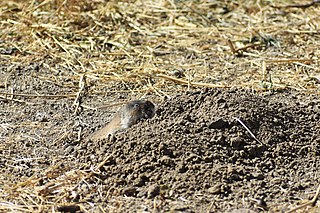 W
WThe Zaisan mole vole, or eastern mole vole, is a species of rodent in the family Cricetidae. It is found in central Asia.